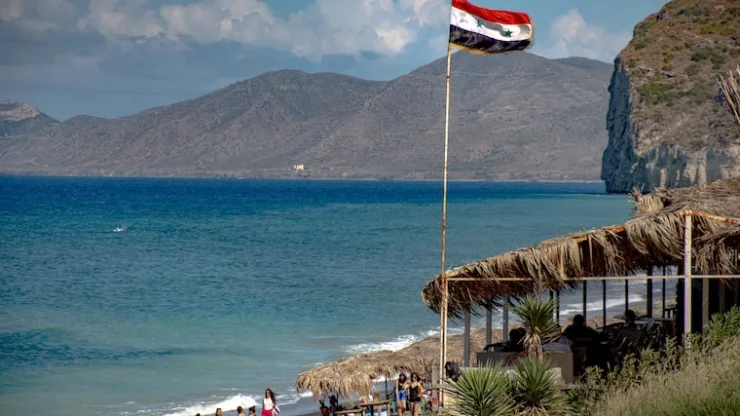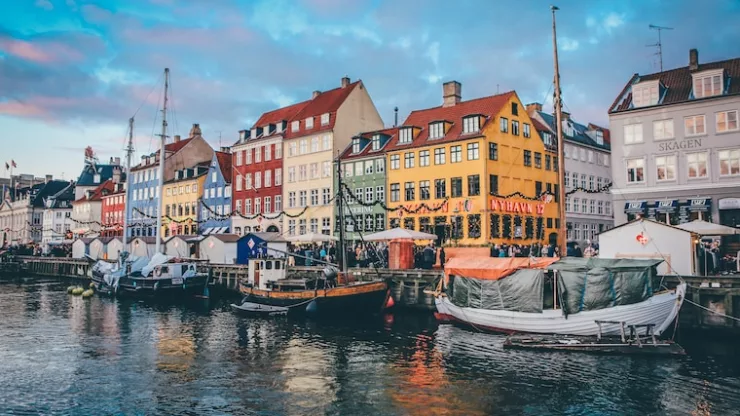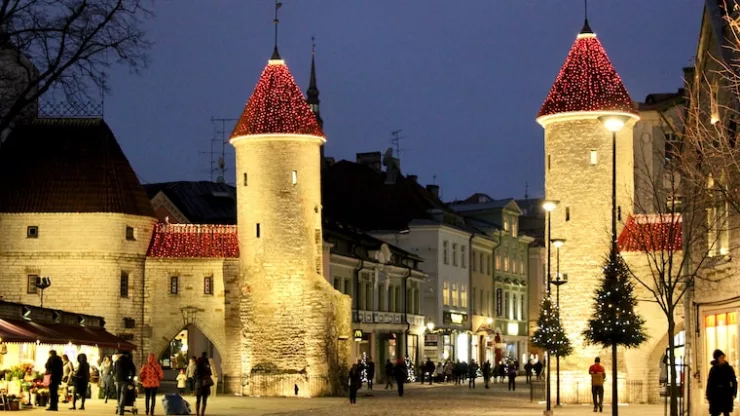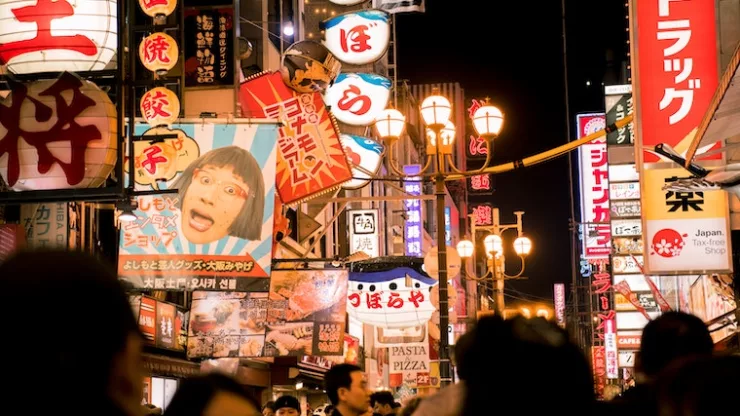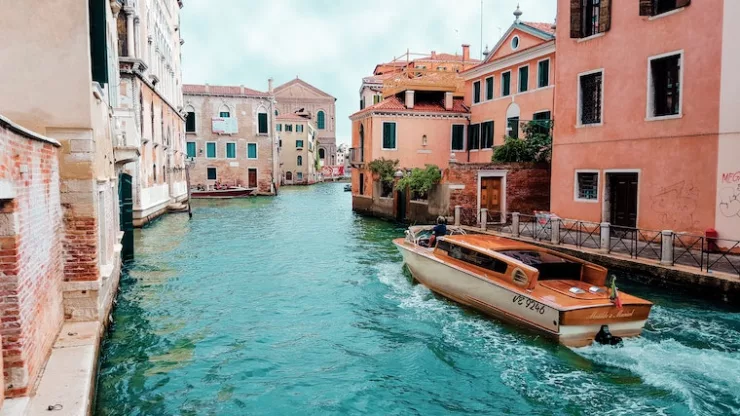Quick Facts
- Capital: Damascus
- Population: 17.5 million
- Area: 185,180 km²
- Official Language: Arabic
- Currency: Syrian Pound
Facts About Syria
Syria, a country with a rich history and diverse culture, has captured the world’s attention for various reasons.
In this article, we will explore 22 fascinating facts about this ancient land.
Delve into its history, learn about its people, and gain unique insights about this Middle Eastern country.
- Ancient history: Syria is one of the oldest continuously inhabited regions in the world, with a history dating back to 10,000 BC.
- Cradle of civilization: The ancient city of Ebla, located in modern-day Syria, was an important center of trade and administration during the third millennium BC.
- The Silk Road: Syria played a crucial role in the Silk Road, the ancient trade route that connected the East and the West.
- Damascus: The capital city, Damascus, is considered one of the oldest continuously inhabited cities in the world, with evidence of settlement dating back to 9000 BC.
- Ugarit: The ancient city of Ugarit, located in modern-day Syria, was the birthplace of the world’s first alphabet, created around 1400 BC.
- Diverse culture: Syria is home to diverse ethnic and religious groups, including Arabs, Kurds, Armenians, Assyrians, and Circassians, as well as Muslims, Christians, and Druze.
- Aleppo soap: Syria is famous for its Aleppo soap, a traditional soap made from olive oil and laurel oil, known for its healing properties and gentle cleansing.
- Arabic coffee: Syrian coffee is a strong, aromatic beverage typically served with cardamom and often accompanied by sweets.
- UNESCO World Heritage Sites: Syria has six UNESCO World Heritage Sites, including the ancient cities of Damascus, Palmyra, and Aleppo, as well as the ruins of Bosra and the Crusader castles of Crac des Chevaliers and Qal’at Salah El-Din.
- Crac des Chevaliers: The Crac des Chevaliers is considered one of the most impressive and best-preserved examples of Crusader military architecture.
- Dead Cities: The Dead Cities are a group of around 700 abandoned settlements in northwest Syria, dating back to the Byzantine period.
- Cotton production: Syria is a significant producer of cotton, which is one of the country’s main agricultural exports.
- Oil reserves: Syria has the largest oil reserves in the eastern Mediterranean region.
- Arab Spring: Syria experienced its Arab Spring in 2011, leading to an ongoing civil war.
- Syrian Civil War: The Syrian Civil War began in 2011 and has caused immense suffering and displacement, with millions of Syrians fleeing their homes.
- Refugee crisis: The Syrian refugee crisis is one of the largest humanitarian crises in modern history, with more than 5.6 million Syrians registered as refugees.
- Palmyra: The ancient city of Palmyra, a UNESCO World Heritage Site, has been severely damaged during the Syrian Civil War.
- National dish: Kibbeh, a dish made of bulgur wheat, minced onions, and finely ground meat, is considered the national dish of Syria.
- Arak: Arak, an anise-flavored alcoholic beverage, is a popular drink in Syria and often consumed with traditional mezzes, or appetizers.
- Syrian art: Syria has a rich artistic heritage, with traditional crafts such as glassblowing, mosaic work, and textile weaving.
- Music: Syrian music is diverse and influenced by various cultures, including Arab, Turkish, and Kurdish music traditions.
- Poetry: Syria has a long and rich history of poetry, with famous poets such as Nizar Qabbani, Adonis, and Suleiman al-Issa contributing to its literary heritage.
Frequently Asked Questions
What is the official language of Syria?
The official language of Syria is Arabic. However, other languages such as Kurdish, Armenian, and Aramaic are also spoken by minority groups.
What is the currency of Syria?
The currency of Syria is the Syrian Pound (SYP).
What are the main religions in Syria?
Islam is the dominant religion in Syria, with the majority of the population being Sunni Muslims. There are also significant Christian and Druze communities, as well as smaller numbers of Alawites, Ismailis, and other religious groups.
What is the climate like in Syria?
Syria has a Mediterranean climate along the coast, with hot, dry summers and mild, wet winters.
Inland, the climate becomes more arid, with hot summers and cold winters, especially in the desert regions.
What are the main industries in Syria?
Before the civil war, the main industries in Syria included agriculture, oil production, textiles, and phosphate mining.
However, the ongoing conflict has severely impacted the country’s economy and infrastructure.
What are some popular tourist attractions in Syria?
Before the Syrian Civil War, popular tourist attractions included the ancient cities of Damascus, Palmyra, and Aleppo, the ruins of Bosra, the Dead Cities, and the Crusader castles of Crac des Chevaliers and Qal’at Salah El-Din.
Due to the ongoing conflict, travel to Syria is not currently recommended.
What is the population of Syria?
As of 2021, the estimated population of Syria is around 17.5 million. However, due to the ongoing civil war and refugee crisis, these numbers are subject to change.
What are some famous Syrian dishes?
Syrian cuisine is rich and diverse, with popular dishes such as kibbeh, shawarma, falafel, hummus, tabbouleh, and fattoush.
Desserts like baklava and ma’amoul are also well-known and enjoyed by many.
What is the significance of the Euphrates River in Syria?
The Euphrates River is the longest river in Western Asia, running through Syria, Turkey, and Iraq.
It is a major source of water and has played a crucial role in the region’s agriculture, history, and development.
Who are some famous Syrians?
Some famous Syrians include poet Nizar Qabbani, philosopher Michel Aflaq, filmmaker Mustafa Akkad, and fashion designer Rami Al Ali.
What is the Syrian education system like?
Before the civil war, education in Syria was free and compulsory for children between the ages of 6 and 12.
The system consisted of six years of primary education, followed by three years of lower secondary education and three years of upper secondary education.
The ongoing conflict has, however, had a significant impact on the education system, with many schools being destroyed or used as shelters for displaced people.
What sports are popular in Syria?
Football (soccer) is the most popular sport in Syria, with the Syrian national team participating in international competitions. Other popular sports include basketball, swimming, and martial arts.
What is the current political situation in Syria?
The ongoing civil war in Syria has created a complex and unstable political situation.
The Syrian government, led by President Bashar al-Assad, is still in power, but numerous opposition groups and factions are fighting for control of the country.
Additionally, international actors, including the United States, Russia, and Iran, have become involved in the conflict, further complicating the situation.
What is the role of women in Syrian society?
Traditionally, Syrian women have played essential roles in the family, raising children and managing the household.
However, women have also been active in the workforce, with many working in education, healthcare, and other professions.
The ongoing conflict has significantly impacted women, with many becoming displaced, losing family members, or facing increased violence.
In response, some Syrian women have taken on more prominent roles in activism, humanitarian efforts, and peacebuilding initiatives.

I am a fun fact enthusiast and creator of Facts On Tap.
I love to share my knowledge and curiosity with readers and inspire them to learn something new every day.
When I’m not writing, I enjoy traveling, reading, and playing trivia games with my friends.
